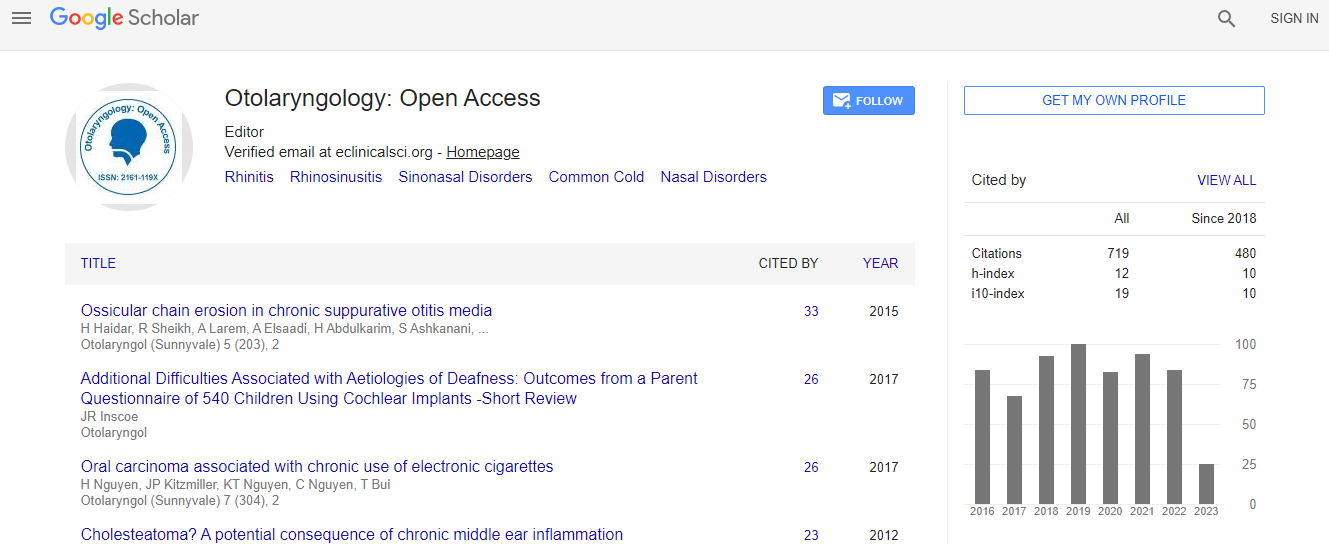Congenital nasal dermoid cysts: Comprehensive review and management guidelines proposal
*Corresponding Author:
Copyright: © 2020 . This is an open-access article distributed under the terms of the Creative Commons Attribution License, which permits unrestricted use, distribution, and reproduction in any medium, provided the original author and source are credited.
Abstract
Nasal dermoid cysts are rare congenital cysts presenting in 1 per 20,000 to 40,000 births. The pathophysiology and anatomy of nasal dermoid cysts are well described. However, there is no agreed standard approach for the management of nasal dermoid cysts in the United Kingdom. To address this, we conducted a systematic review and provide a management algorithm.
Methods
A systematic review of nasal dermoid cyst presentation, investigation, management and cosmetic outcomes was performed using the search engines PubMed, EMBASE and Medline.
Results
A total of 75 citations were reviewed, yielding 35 articles which discussed the presentation, investigation, management and cosmetic outcome of nasal dermoid cysts. 13 were case series and 22 were case reports. The most frequent presenting complaint was nasal swelling. Imaging modalities included magnetic resonance imaging, MRI and/or computed tomography, CT for the majority of cases. Most cases had no intracranial extension and the majority were repaired through dorsal midline nasal incision. Those with intracranial extension underwent intracranial, subcranial or endoscopic resection.

 Spanish
Spanish  Chinese
Chinese  Russian
Russian  German
German  French
French  Japanese
Japanese  Portuguese
Portuguese  Hindi
Hindi 
